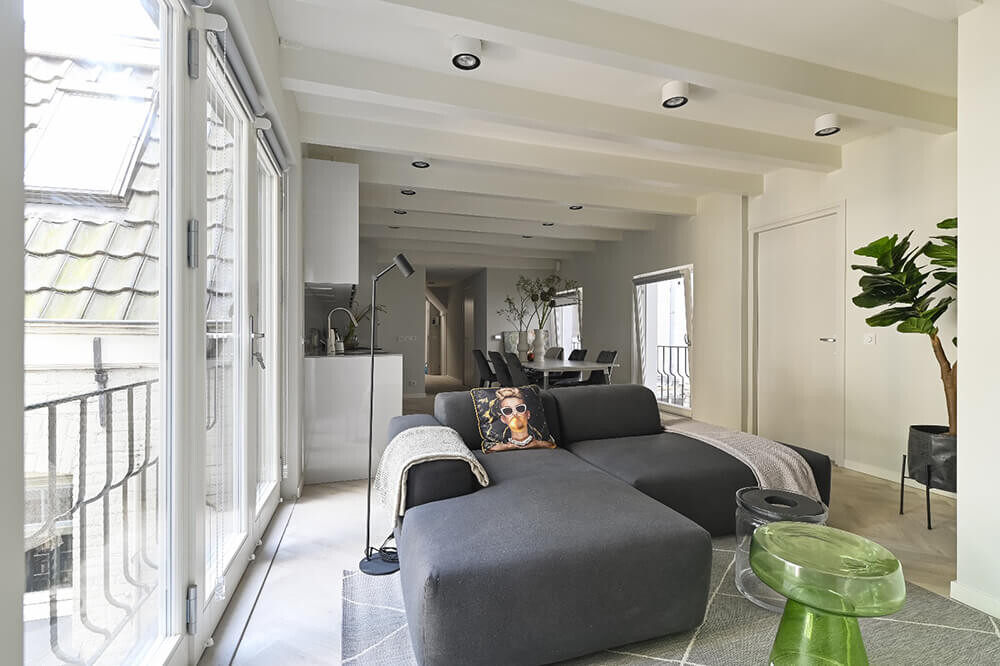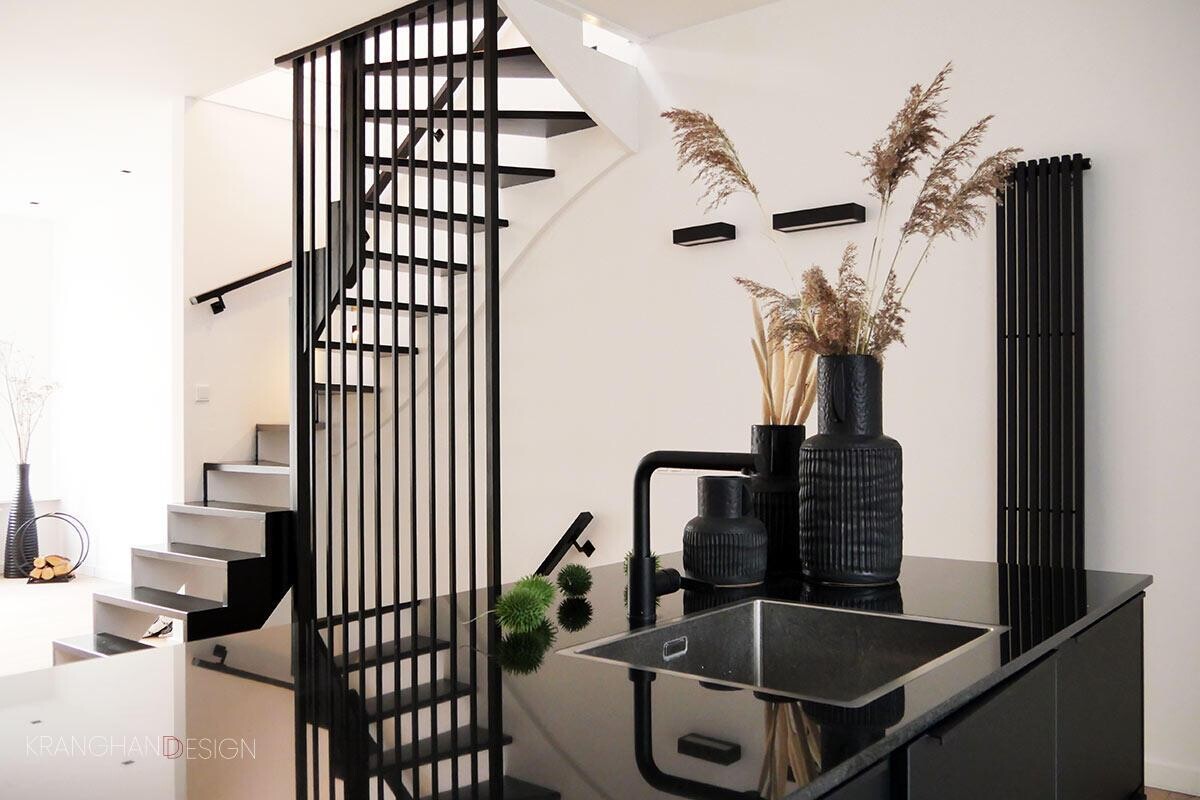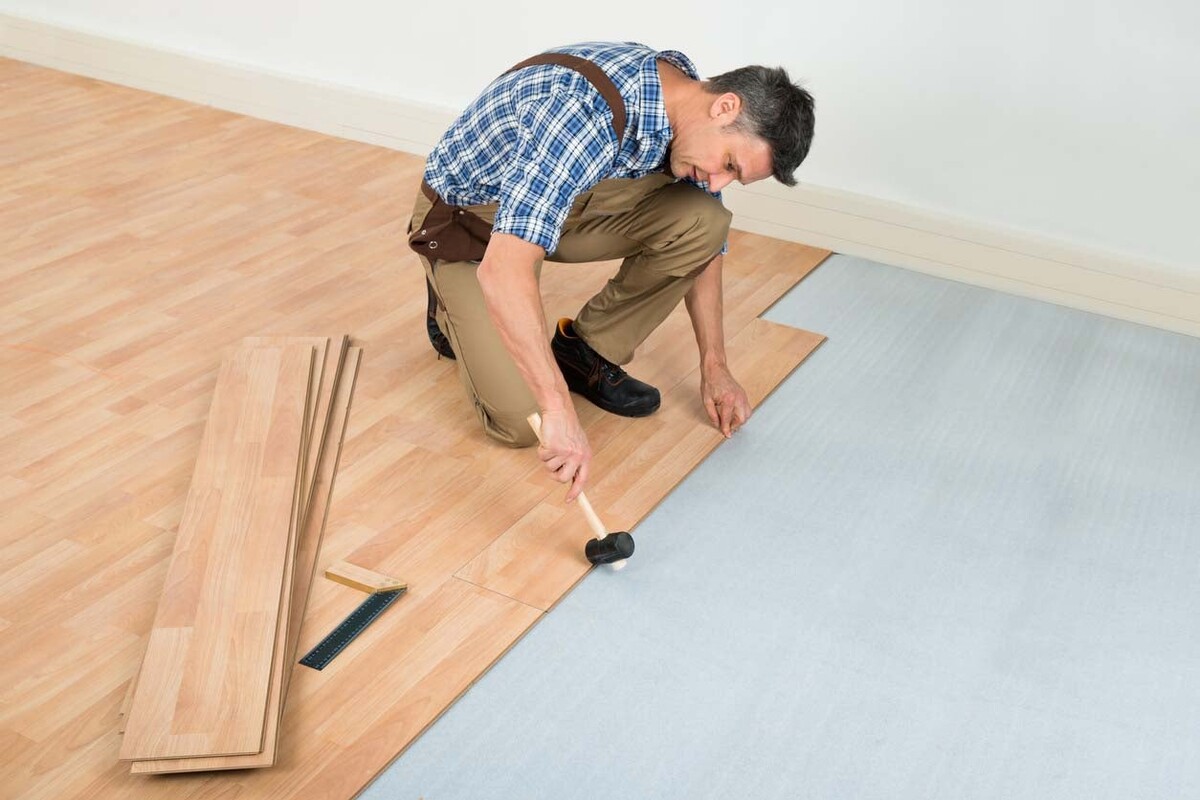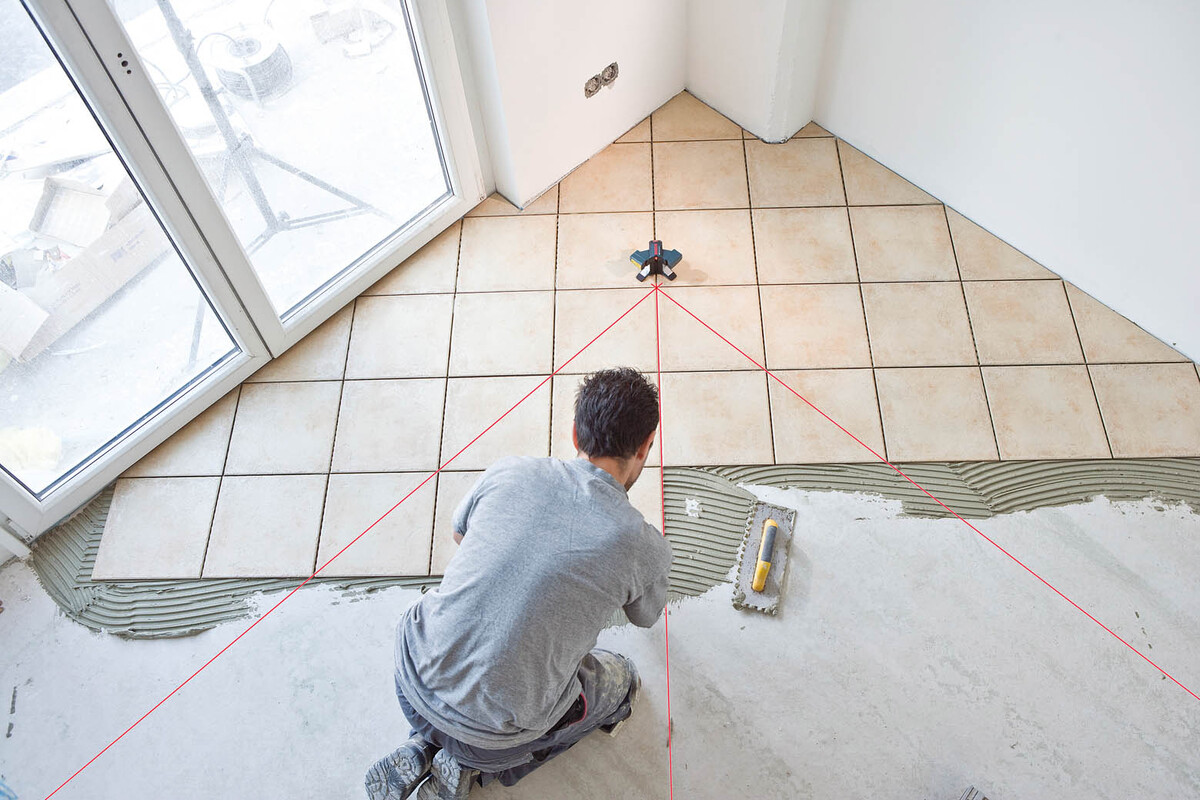
The choice of wall color can significantly impact the overall atmosphere and aesthetics of a space. Whether you're looking to refresh the interior of your home or give the exterior a facelift, there are several methods of painting to consider. In this guide, we'll explore the various techniques for painting both indoor and outdoor walls.
Interior Wall Painting Techniques
1. Brush and Roller
The traditional method of using a brush and roller is the most common way to paint indoor walls. It provides excellent control over the application and allows for precise detailing. This technique is suitable for smaller areas or for creating specific patterns or designs.
2. Spray Painting
Spray painting is a versatile method that covers large surfaces quickly and evenly. It's particularly useful for walls with texture or irregularities. However, it requires proper masking and protection of surrounding areas to avoid overspray.
3. Sponge Painting
Sponge painting involves using a sponge to create textured and mottled effects on walls. It adds depth and dimension to a space and is a popular choice for creating a rustic or artistic look.
4. Stenciling
Stenciling allows for intricate patterns and designs to be applied to walls. It's a creative way to add visual interest and can be used to achieve various styles, from vintage to contemporary.
Exterior Wall Painting Techniques
1. Brush and Roller
Similar to interior walls, using a brush and roller is a common method for painting exteriors. It provides control and precision, making it suitable for detailed work around windows, doors, and architectural features.
2. Power Sprayer
A power sprayer is highly efficient for covering large exterior surfaces quickly. It ensures an even coat of paint and is ideal for smooth or slightly textured surfaces. Proper preparation and masking are essential to prevent overspray.
3. Lime Washing
Lime washing is a traditional method that involves applying a mixture of slaked lime, water, and pigment to exterior surfaces. It provides a breathable finish that ages beautifully over time, giving a charming, weathered appearance.
4. Textured Coatings
Textured coatings are designed to add depth and texture to exterior walls. They can be applied with brushes, rollers, or spray equipment, and are particularly useful for covering imperfections in the surface.
In conclusion, choosing the right painting method for your interior and exterior walls depends on factors such as surface texture, desired finish, and personal preference. Whether you opt for the classic brush and roller technique or experiment with more creative approaches like stenciling or sponge painting, a fresh coat of paint can breathe new life into your living space.
If you're unsure about which method is best suited for your project, consider consulting a professional painter or handyman. They can provide expert advice and ensure a high-quality finish that enhances the beauty of your home, both inside and out. Happy painting!


